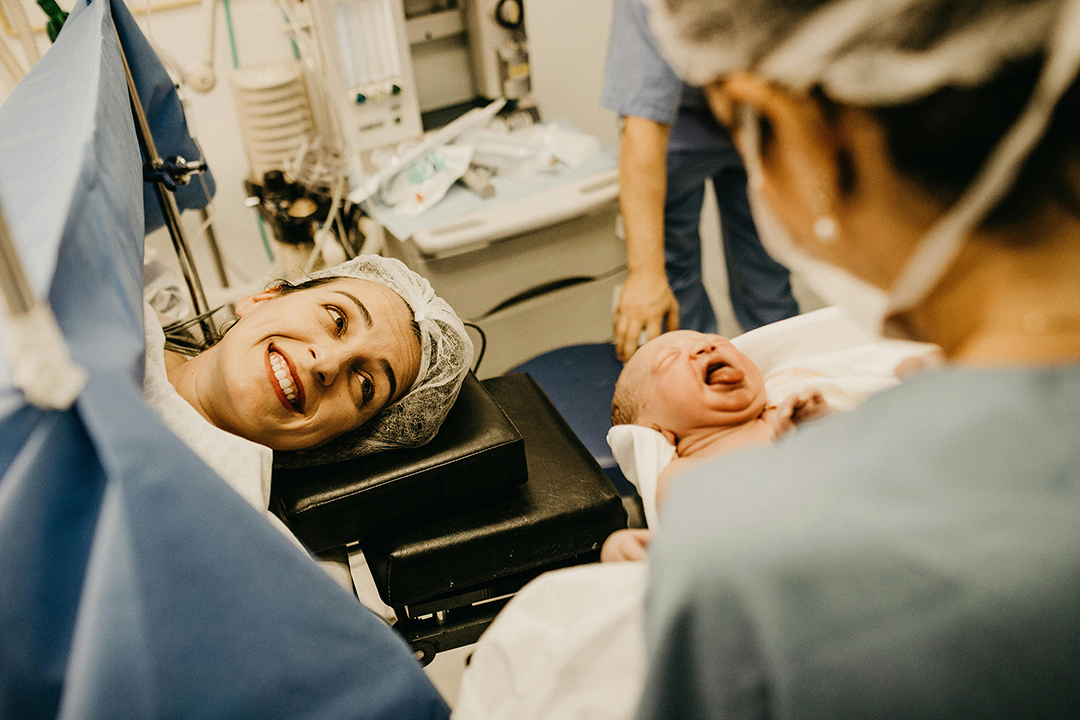Have you just learnt that you’re carrying multiple foetuses at once?
A big virtual hug to you, mama! Whether it’s a twin, triplet or quadruplet pregnancy, you’ll likely be referred to a maternal fetal medicine specialist who specialises in high-risk pregnancy care. Detailed ultrasound scans will be arranged for you to first establish the gestational age and determine chorionicity and amnionicity.
What is chorionicity and amnionicity?
When a woman is pregnant with triplets, there are different types of pregnancies based on how the babies share their placentas and amniotic sacs.
Let's break it down:
Amnionicity
This is about how many amniotic sacs the babies are in. The amnion is the inner thin membrane that a fetus is enclosed in, that is filled with fluid.
Chorionicity
This is about how many placentas the babies have. The chorion is the outer membrane that surrounds the amniotic sac.
Terms you’ll typically see:
Mo: Meaning one
Di: Meaning two
Tri: Meaning three (in the case of triplets)
Quad: Meaning four (in the case of quadruplets)
Now, let’s look at the types of twins and triplets pregnancies that can occur.
Types of Twin pregnancy
Dichorionic diamniotic twins (DCDA, or DiDi): Each baby possesses an individual placenta and amniotic sac. DiDi twins can be identical or fraternal.
Monochorionic diamniotic twins (MCDA, or MoDi): The placenta is shared between both babies, but each has a distinct amniotic sac.
Monochorionic monoamniotic twins (MCMA, or MoMo): Both babies share both the placenta and amniotic sac. This is the most rare type of twin pregnancy.

Types of Triplet Pregnancy
Each baby has a separate placenta and amniotic sac. It's the least complicated type of triplet pregnancy because the babies don't share any resources.
Dichorionic triamniotic triplets (DCTA): One baby has a separate placenta, and two babies share a placenta. All three babies have individual amniotic sacs.
Dichorionic diamniotic triplets (DCDA): One baby has a separate placenta and amniotic sac, while two babies share a placenta and amniotic sac. This is less common and can have more risks than the first two types.
Monochorionic triamniotic triplets (MCTA): All three babies share one placenta, but each has its own amniotic sac.
Monochorionic diamniotic triplets (MCDA): All three babies share one placenta. One baby has a separate amniotic sac, and two babies share one sac.
Monochorionic monoamniotic triplets (MCMA, also known as MOMO): All three babies share both a placenta and an amniotic sac. Generally speaking, monochorionic triplets are very rare, with MCMA/MOMO triplets being the rarest.

Wondering how the various combinations come about?
Here's an illustrated diagram that shows how twin pregnancies are formed. Twinning can be classified as dizygotic or monozygotic.

Understanding chorionicity and amnionicity is important because it helps doctors take care of you and your babies during pregnancy. They can plan for any special care the babies might need before and after they're born. If you're a multiple parent to-be, congratulations and welcome to the tribe! It may be a journey where most of your family and friends cannot relate to, but we hope you find our articles here at Multiples Matter helpful.
–––
Wish to be featured or have any tips to share with our community? Drop us a note here!
All content from this website, including images, cannot be reproduced without credits or written permission from Multiples Matter.








